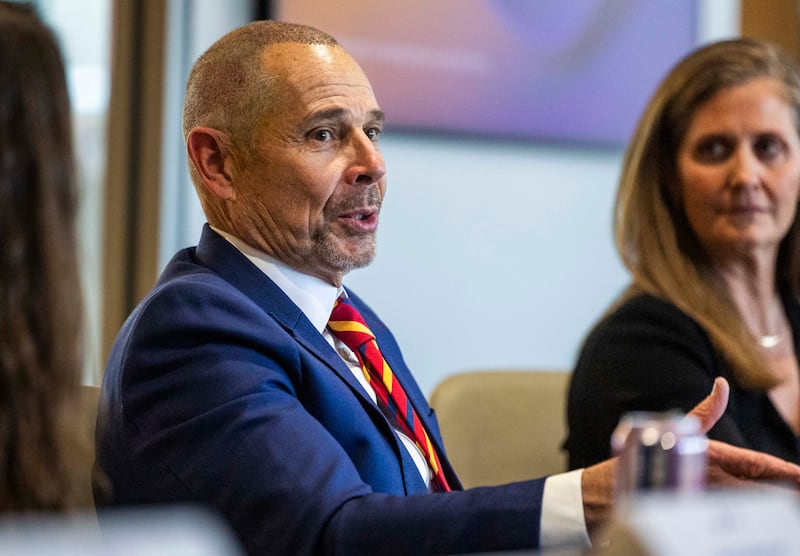Senate Moves to Roll Back EPA Air Pollution Rule: What It Means for Public Health and Industry
The recent "senate epa rule air pollution rollback" has stirred significant debate in Washington and across the country. Lawmakers, environmentalists, and industry leaders all have strong opinions on the Senate's move to overturn an EPA regulation designed to limit hazardous air pollutants. As the nation weighs the potential effects on public health and the environment, it’s critical to understand what this rollback means and what may lie ahead.
Understanding the EPA Rule and the Senate Rollback
In 2024, the Environmental Protection Agency finalized a rule, tied to the Clean Air Act, targeting seven of the most hazardous air pollutants from major industrial sources. Known as the "Once In, Always In" policy, this rule required large facilities such as chemical plants and refineries to maintain strict pollution controls even if they reduced emissions significantly. The goal was to close loopholes and ensure that reductions would remain consistent over time.
On May 1, 2025, however, the Senate voted 52-46 along party lines to overturn this Biden-era EPA rule. It was the first time in the 55-year history of the Clean Air Act that Congress acted to weaken such a central environmental protection law. This legislative move was championed by Republican Senator John Curtis of Utah, who argued the rule discouraged companies from investing in cleaner technologies by denying them regulatory flexibility, regardless of their improvements.
For a detailed overview, the CBS News coverage explains how the rollback could impact nearly 1,800 facilities nationwide and what seven toxins are at the center of the debate.
Arguments For and Against the Rollback
Supporters of the senate epa rule air pollution rollback, including major manufacturing and energy industry groups, believe the measure restores common-sense incentives. They argue it rewards companies for adopting cleaner processes by offering a path to less stringent regulation if emission targets are met.
Senator Curtis, in an interview with Deseret News, stated, “The rule told companies that no matter how much they invest to reduce harmful emissions, they would still be punished with permanent red tape. That's not good science, it's not good governance, and it certainly isn't good for the environment.” He emphasized that eliminating the policy will spur further innovation and investment in green technology.
Opponents, however, warn the rollback opens the door for increased emissions of dangerous pollutants linked to cancer and neurological damage. Environmental groups and former EPA officials have voiced deep concerns, arguing that weakening such rules undermines hard-won public health protections.
Potential Impacts on Public Health and Industry
If signed into law, the senate epa rule air pollution rollback could allow hundreds of major pollutant sources to loosen their controls. This change is likely to impact air quality in communities near heavy industrial sites. Supporters say newly granted flexibility will drive innovation and reduce economic burdens on businesses. Critics, on the other hand, are worried that public health risks will outweigh any economic benefits.
The seven hazardous pollutants affected include chemicals such as mercury and dioxins, which are known to cause serious health issues. Many environmental advocates, including groups like Mom's Clean Air Force, warn that children and vulnerable populations will face increased risks. The final outcome will depend on how industries respond and whether state and federal agencies can maintain rigorous oversight.
Looking Ahead: What Comes Next?
The Senate's decision sends the rollback resolution to the House, where it is also expected to pass. This marks a critical juncture for the future of air pollution control and the balance between economic growth and environmental health. As the national conversation continues, stakeholders from all sides will watch closely to see how this shapes industrial regulation, environmental justice, and public health standards in the coming years.
For ongoing coverage, refer to sources like CBS News and Deseret News for legislative updates and expert opinions.
Conclusion
The senate epa rule air pollution rollback touches the core of America’s approach to environmental protection. The debate highlights the challenge of balancing regulatory relief for businesses with safeguarding public health and clean air. As these changes unfold, staying informed and engaged is more important than ever. Readers are encouraged to continue following developments and to voice their perspectives to policymakers.
